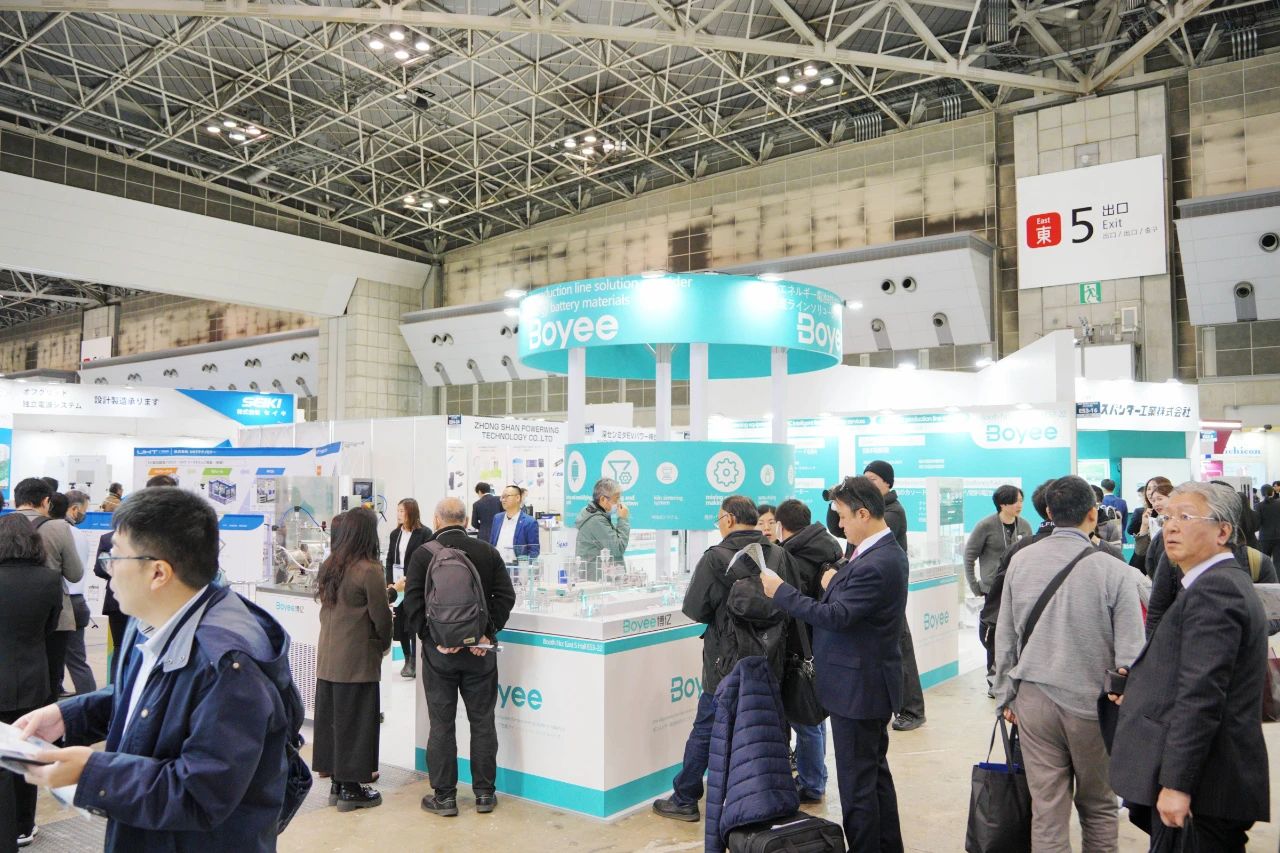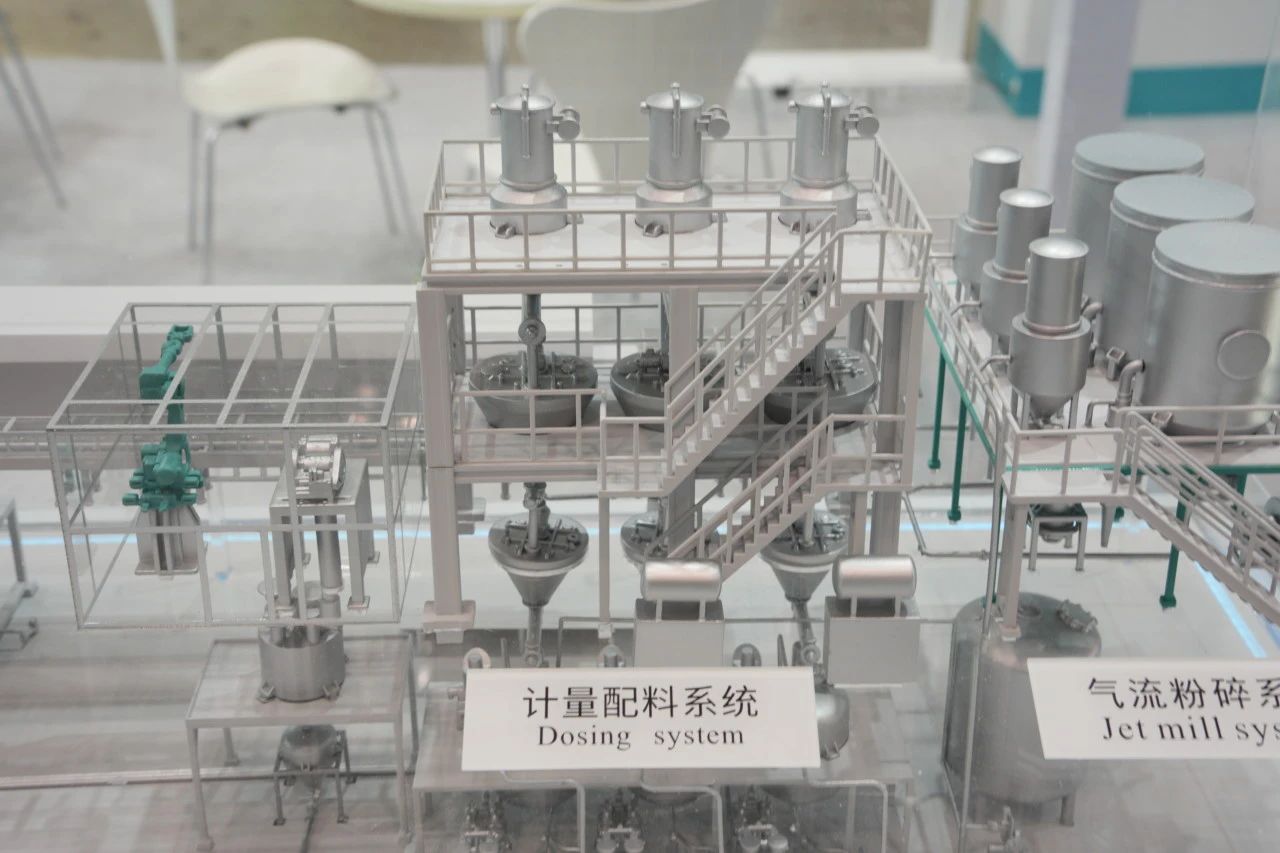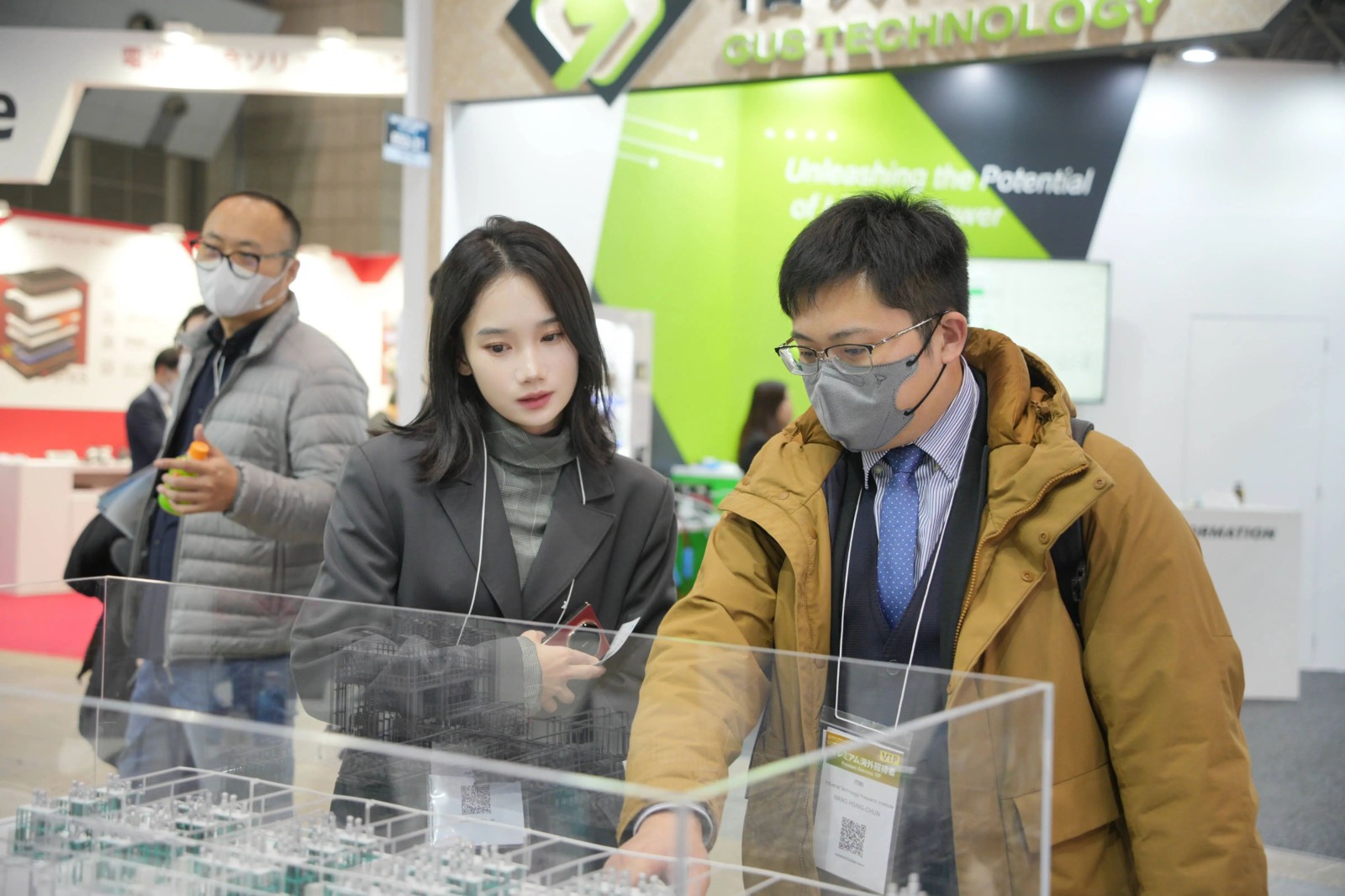As the forefront of global solid-state battery technology research and development, Japanese companies' demand for the mass production of sulfide and oxide solid electrolyte materials continues to rise, but its high environmental sensitivity, process complexity and stringent environmental requirements have become industry pain points.
At Battery Japan 2025, Boyee (East 5 Hall E53-22) launched a sulfide/oxide dual-path solid electrolyte production line solution.
With the closed design of the whole process, nano-level precision control and intelligent integration of the whole line, it has become the focus of field technology.
Material characteristics and technical requirements: the double challenge of sulfide and oxide
1. Sulfide solid electrolyte characteristics: high ionic conductivity (10⁻²~10⁻³ S/cm), excellent low temperature performance, but extremely sensitive to humidity and oxygen, need the whole inert gas protection. Technical difficulties: the synthesis process is easy to produce harmful gases such as H₂S; The component decomposition is easy to be caused by local high temperature during nano grinding.
2. Oxide solid electrolyte characteristics: strong chemical stability, high mechanical strength, but the sintering temperature needs to be above 1200℃, and the interface impedance is large, the need for ultrafine particle size (D50≤100nm) to improve performance. Technical difficulties: high temperature sintering is easy to cause lattice defects; Uneven powder dispersion leads to the risk of short circuit in the battery.
Second, the core advantage of Boyi production line: customization to crack the bottleneck of mass production
1. The whole process closed production, to meet the sulfide "zero pollution" demand inert gas protection system: from raw material unpacking, mixing to canning, the whole process into N₂/Ar, the key link oxygen content monitoring accuracy of 1ppm, to prevent sulfide oxidation failure.
Leakproof design: pneumatic conveying + double valve sealing technology, dust leakage rate < 0.05mg/m³, far lower than the Japanese "Labor safety and health law" standard.
Harmful gas treatment: grinding area integrated H₂S adsorption module, exhaust gas purification efficiency ≥99.8%.
Glove box dew point temperature control: Dynamic moisture compensation was achieved by dewpoint control to -80℃ (corresponding to H₂O concentration 0.001ppm) and a multistage drying tower (silica gel + molecular sieve). The moisture absorption phase separation of the perovskite thin film was effectively avoided. The sulfide solid electrolyte (Li₃PS₄) hydrolyzed side reaction was ₄ to a minimum and the ionic conductivity was > 10⁻³ S/cm. 2. Nano-level grinding and precise temperature control, to overcome the problem of oxide consistency Wet nano grinding system: The use of Boi NMM nano sand mill, grinding particle size up to 30nm, with online laser particle size analyzer real-time feedback adjustment, to ensure D90≤200nm (sulfide) and D50≤80nm (oxide) strict requirements.

Gradient sintering technology: alumina kiln multi-temperature zone independent temperature control (accuracy ±0.5℃), through the segmented temperature rise to eliminate thermal stress, product lattice defect rate reduced by 40%. 3. Intelligent whole line collaboration, cost reduction and efficiency directly hit the Japanese pain point integrated control system: PLC+IoT platform to achieve from the batching (error ≤0.3%), mixing (uniformity CV value ≤5%) to the canning of the whole process data through, reducing manual intervention.
Energy saving design: The heat recovery system uses the sintering waste heat for raw material drying, reducing the comprehensive energy consumption by 25% compared with the traditional production line, which is in line with Japan's "GX (Green Transformation) strategy".
Modular expansion: The production line supports the flexible configuration of 1-1000 tons/annual production capacity, adapting to the "small batch, multi-batch" production needs of Japanese smes.
Iii. Japanese market suitability: compliance, security and localization services
1. Compliance certification: The production line complies with JIS B 9902 (Explosion-proof equipment standard), JEMIC Metrology certification and REACH environmental protection regulations.
2. Safety enhancement: vulcanized product line is equipped with "humidity - oxygen - temperature" triple interlock alarm, abnormal state 0.1 seconds to cut off the process. The oxide sintering zone is protected by multi-layer heat insulation, and the surface temperature rise is less than 5℃ (when the ambient temperature is 25℃).

3. Localization support: Boyee has established a technical service center with Japanese partners to provide one-stop service for equipment debugging and process optimization. To meet the needs of Japanese customers, we developed a "three-dimensional production line layout scheme" suitable for small space factories.
Fourth, define the future of Japan's solid-state battery with China's solution
In the solid-state battery industrialization race, Boyee through the "material characteristics - process - equipment" deep coupling of the whole line thinking, for Japanese enterprises to provide both precision, safety and economic benefits of the landing path.

As Boyee technical director Fang Zong said at the exhibition: "The Japanese market needs, not only the equipment itself, but also from technical knowledge (know-how) to a deep understanding of the principle (know-why) of the full range, the whole chain of support and empowerment."
With the parallel breakthrough of sulfide and oxide routes, Boyee is redefining the global solid-state battery competitive landscape with "Chinese intelligence".




